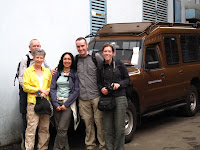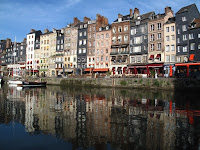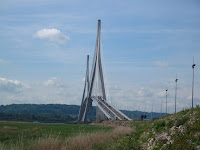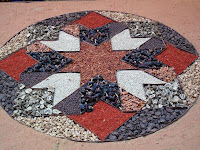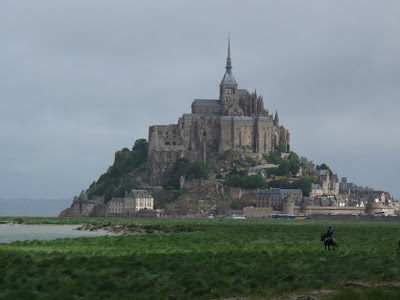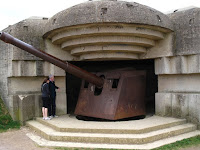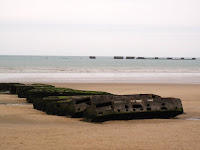
 An even earlier start got us on the road for a sunrise safari. The sun came up so fast, we missed the actual moment it came over the far hills. But in the soft early morning light, we saw a large group of elephants, right beside the road. If they had been any closer we would
An even earlier start got us on the road for a sunrise safari. The sun came up so fast, we missed the actual moment it came over the far hills. But in the soft early morning light, we saw a large group of elephants, right beside the road. If they had been any closer we would  have had to share seats!
have had to share seats!Then there were a couple of hyenas, another herd of 28 elephants, another 4 lionesses, a solitary lion, our first (live) buffalo, another hyena and then the treat of the day, 3 cheetahs, again so close they were almost strokeable.
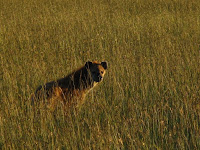

Here and there various different vultures perched in the trees and we came across a smaller river with another hippo family doing exactly the same as their cousins of yesterday – absolutely nothing apart from popping their noses up to breath every so often.

After breakfast, we visited a local Masai village. The young men performed a welcome dance for us and lead us into the village, where the women also welcomed us. The women build the houses, and this takes three months. After looking inside a house – mud and dung construction, we were taken to inspect the handcrafts the women were selling.


 The evening safari was based around searching for the elusive black rhino. Unfortunately they were too well hidden, but we saw a jackal, ostriches, Sausage trees with their peculiar sausage-like fruit and impalas as well as the various species of gazelles that are so plentiful. Despite the lack of new wildlife, the savannah with it's long grass and wide open crystal-clear vistas is truly beautiful. The variety of beautiful birds is fascinating too.
The evening safari was based around searching for the elusive black rhino. Unfortunately they were too well hidden, but we saw a jackal, ostriches, Sausage trees with their peculiar sausage-like fruit and impalas as well as the various species of gazelles that are so plentiful. Despite the lack of new wildlife, the savannah with it's long grass and wide open crystal-clear vistas is truly beautiful. The variety of beautiful birds is fascinating too.












